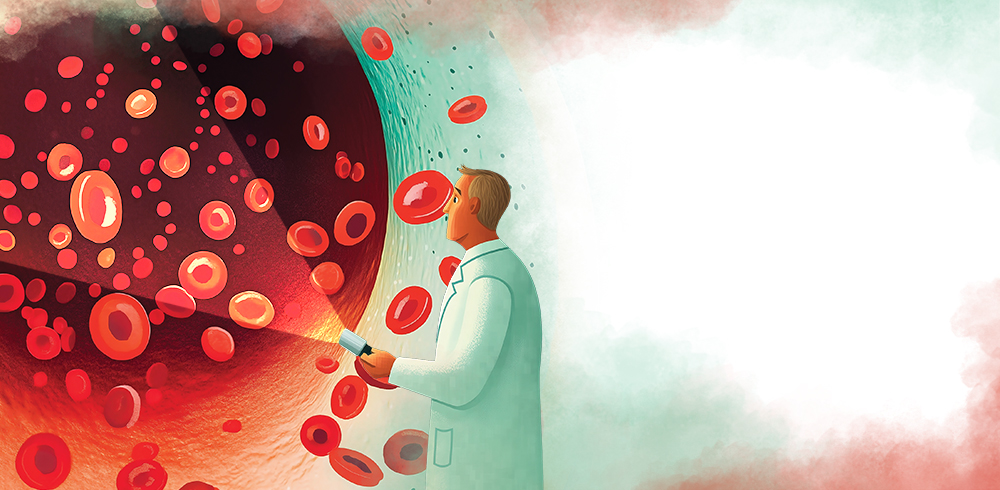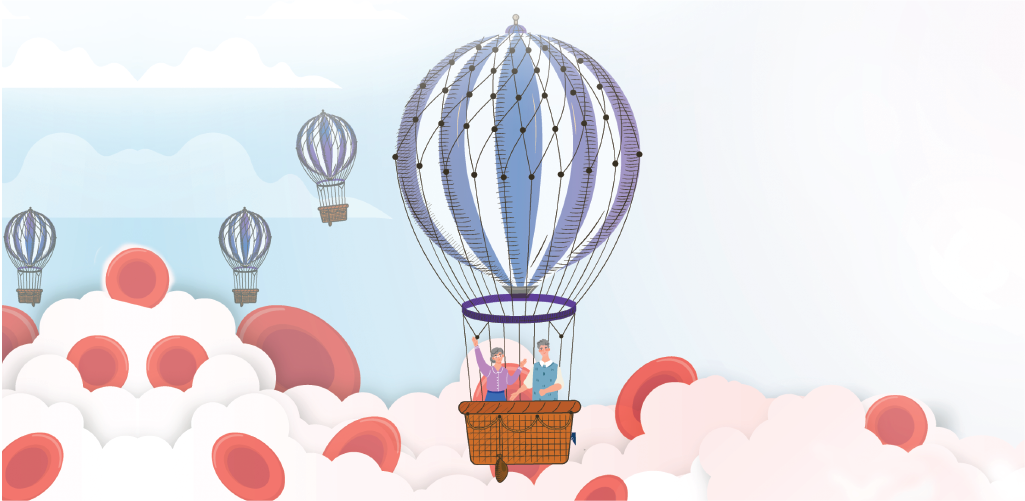HEMATOLOGY
12 Sep 2025

12 Sep 2025

29 Aug 2025

05 Mar 2024

17 Nov 2023

06 Sep 2023

10 May 2023

05 Jan 2022

28 Feb 2021

30 Dec 2020

31 Dec 2020

31 Dec 2020

29 Oct 2020

28 Feb 2019

30 Apr 2019

31 Aug 2019

30 Oct 2019

31 Aug 2020

30 Jun 2019

30 Jun 2020

29 Apr 2020

07 Nov 2025

26 Jul 2025

22 May 2025

29 Dec 2024

09 May 2024

13 Mar 2024

Expert Insight View All
Conference update View All
Meeting highlight View All
An equally efficacious and safe alternative: The once-weekly carfilzomib-based therapy
04 Apr 2022
Research Spotlight View All
case review View All
news & perspective View All
infographics View All
features View All


